“Don’t be a PANICAN,” the President shared on his Truth Social account this morning, as the Dow was dropping 900 points. This is Donald Trump’s new word for his tariff critics, who he has grouped together as the “new party based on Weak and Stupid people!” There is another way, the President insists: “Be Strong, Courageous, and Patient, and GREATNESS will be the result!”
It’s another post in a long line of all-caps messages shared by the President over the weekend. “ONLY THE WEAK WILL FAIL!” was Friday’s update. “WE WILL WIN. HANG TOUGH,” was Saturday’s inspirational message. Perhaps the capital letters are a sign of confidence: after all, the President confirmed to the press last night that he would be standing firm in his decision to put colossal tariffs on countries that have both a trade deficit and surplus with the United States.
But as the letters get bigger, the messaging gets stranger – and more muddled. While the President has always always thrived on causing a bit of chaos – often to his political benefit – there is a growing sense that the trade war unleashed on Wednesday in the Rose Garden is creating far more turmoil than he or his cabinet expected. And the attempts to manage it now are not obviously going to plan.
The President was prepared for market backlash, acknowledging several times before his tariff announcement that a transition period might be necessary as trade rebalanced across the globe. But what Trump announced in the end wasn’t anything like what the market had expected: “discounted,” “reciprocal” tariffs were actually a fudged calculation of the overall trade deficits between the United States and trading partners. Dollar signs were switched out for percentages – and overnight the United States became the most protectionist country in the developed world.
Now Trump is overseeing the “the worst three-day performance for the S&P 500 since October 1987,” Bloomberg’s Joe Weisenthal reports. Wall Street is bracing for worse to come, as stocks already “lost $6.6 trillion in value during a two-day washout,” according to the Journal.
And for all this pain, no one in or advising the White House has yet been able to explain how this came about and what they thought the impact on the economy would be. The closest moment came last night, when Trump insisted he wouldn’t tolerate trade deficits. Presumably he doesn’t plan to tolerate America’s $36 trillion national debt either (at least that’s the idea behind the Department for Government Efficiency), but no one (yet) is turning that dollar into a percentage sign and turning it into an income or corporate tax rate. It wouldn’t be sensical. So where is the thinking behind the selected tariff strategy – one of many options presented to the President to choose from over the past few weeks?
Trump is usually very happy to explain his thinking: he doesn’t shy away from longer-form interviews or confrontations with the press. But a strategy that started out last week as defensive has morphed into something that fluctuates between open-mindedness, doubling down and indifference. The NASDAQ rallied briefly this morning when Trump’s economic advisor Kevin Hassett was misquoted as suggesting the President would consider a 90-day pause on the new tariff regime. This was confirmed by the White House to be false – only to be followed up by the President sharing videos of Hassett this morning, pulling out one very specific line: that “more than 50 countries have reached out to the President to begin a negotiation…”.
Is the President open to negotiation or not? Is the market turmoil having any impact? Are they really ready to engage? The “Americans who want to retire right now, the Americans who put away for years in their savings accounts, I think they don’t look at the day-to-day fluctuations” in their investments, the Treasury Secretary Scott Bessent told NBC yesterday morning – timed nicely with Trump’s Truth Social post of him down in Florida, teeing off on the golf course. It is a kind of denialism that suggests the chaos is becoming too much, even for Trump’s liking.
There is a reason Trump keeps reiterating that countries are calling up to be “very nice” to America, yet won’t agree to negotiate levy rates yet: to project a sense of control. There’s a reason he’s hosting the Los Angeles Dodgers in the Oval Office today as markets continue to free-fall and wealth evaporates: to generate a sense of normalcy.
But times are not normal – and control over what tariffs mean is increasingly slipping through the President’s fingers. Trump may be making good on very vague promises about tariffs made on the campaign trail. But his explicit promise – that the tariffs would “work” and that Americans wouldn’t pay a price for them – is already falling apart. It’s very messy – and too chaotic, even for the President.



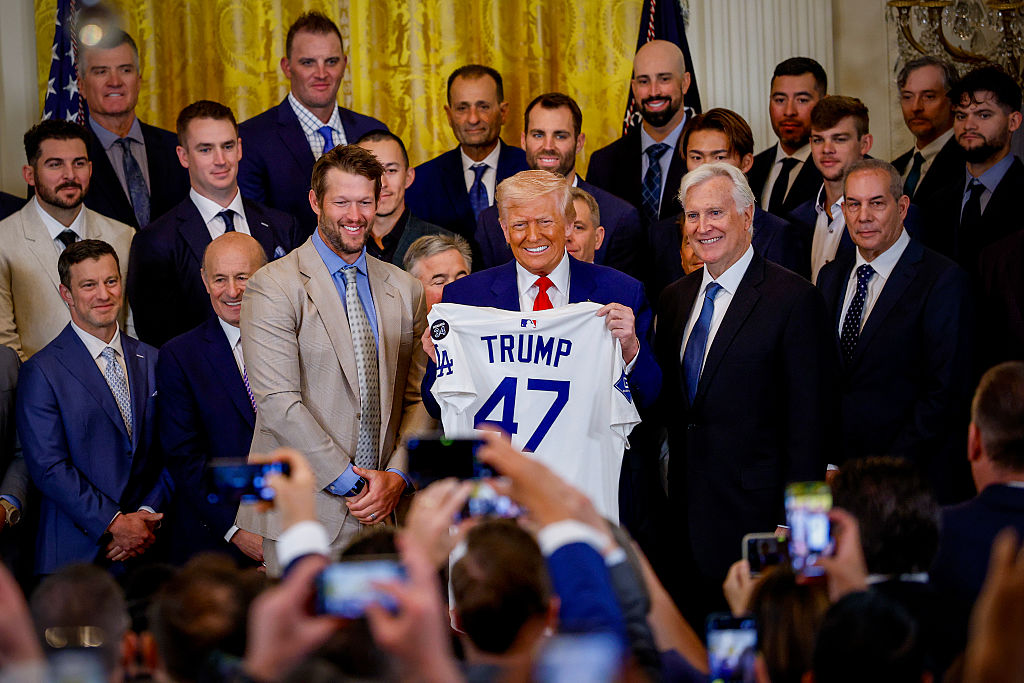






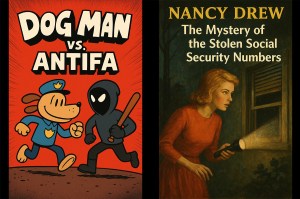

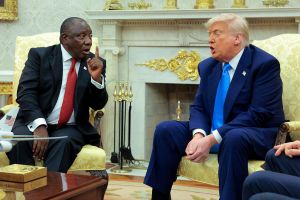
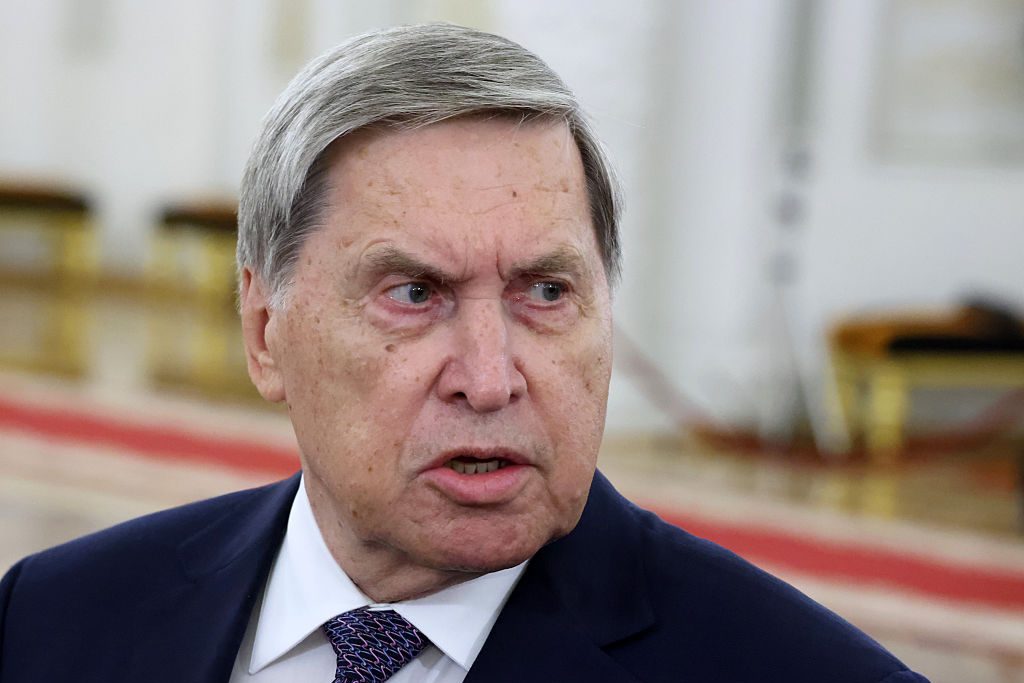

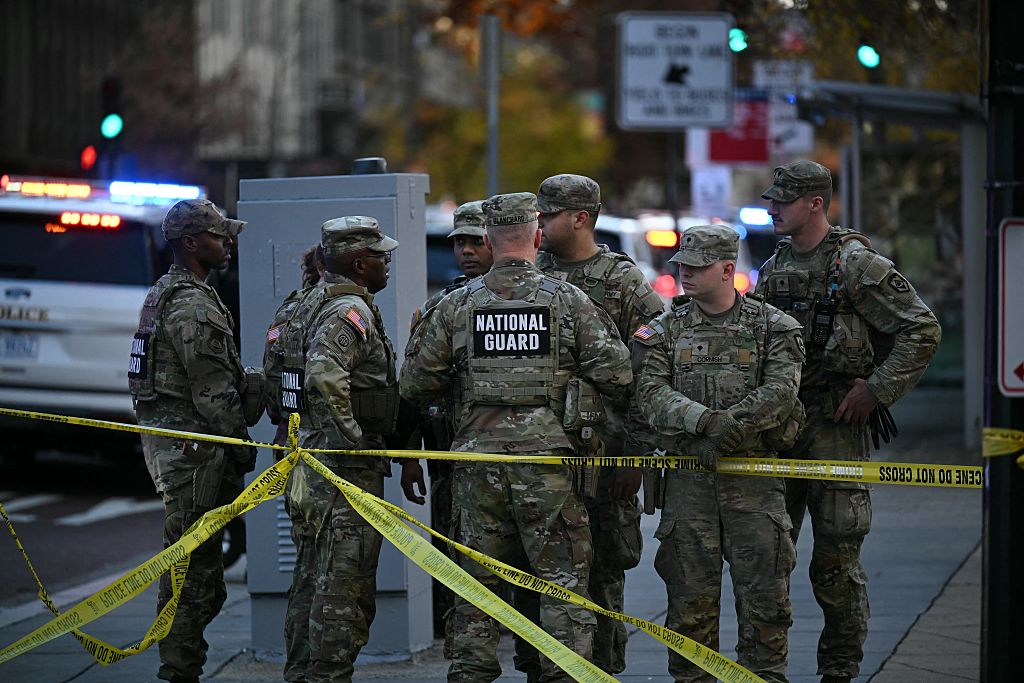

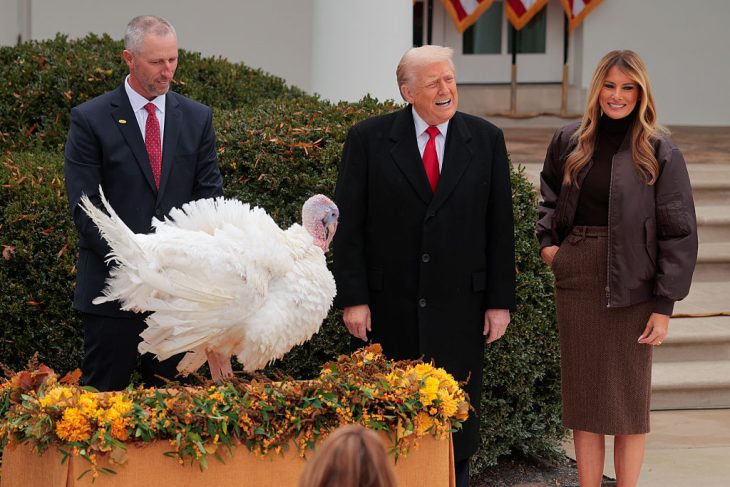
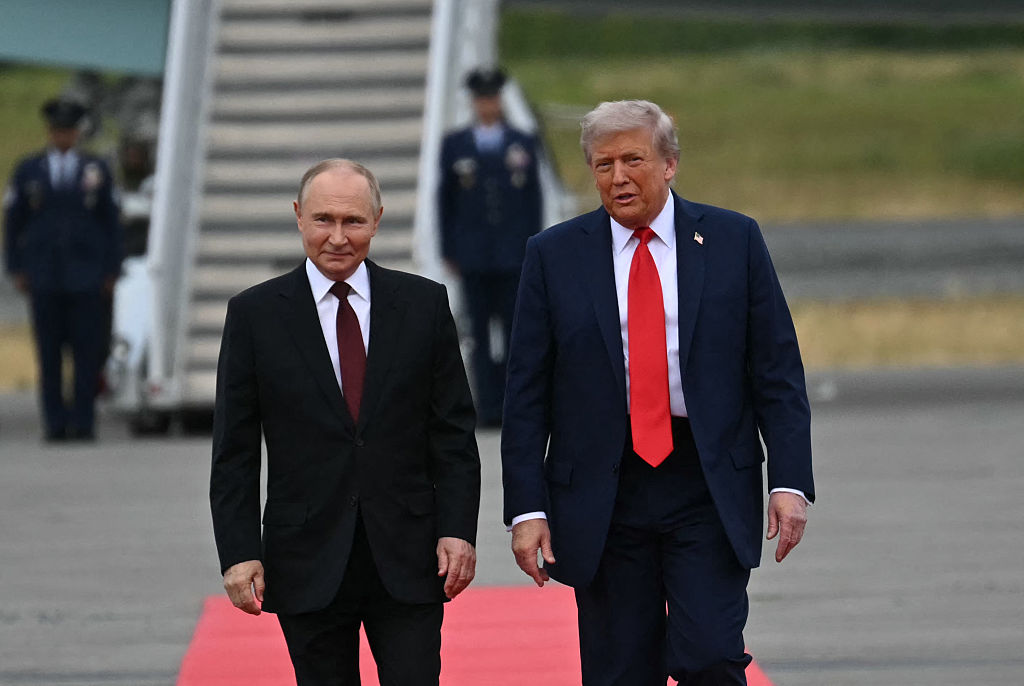

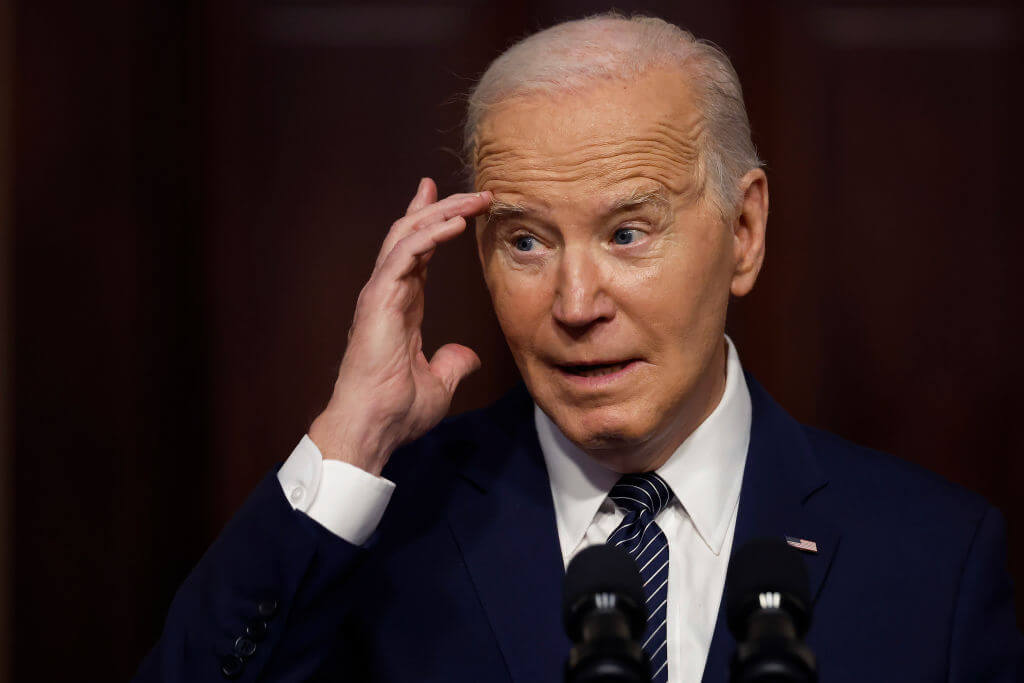



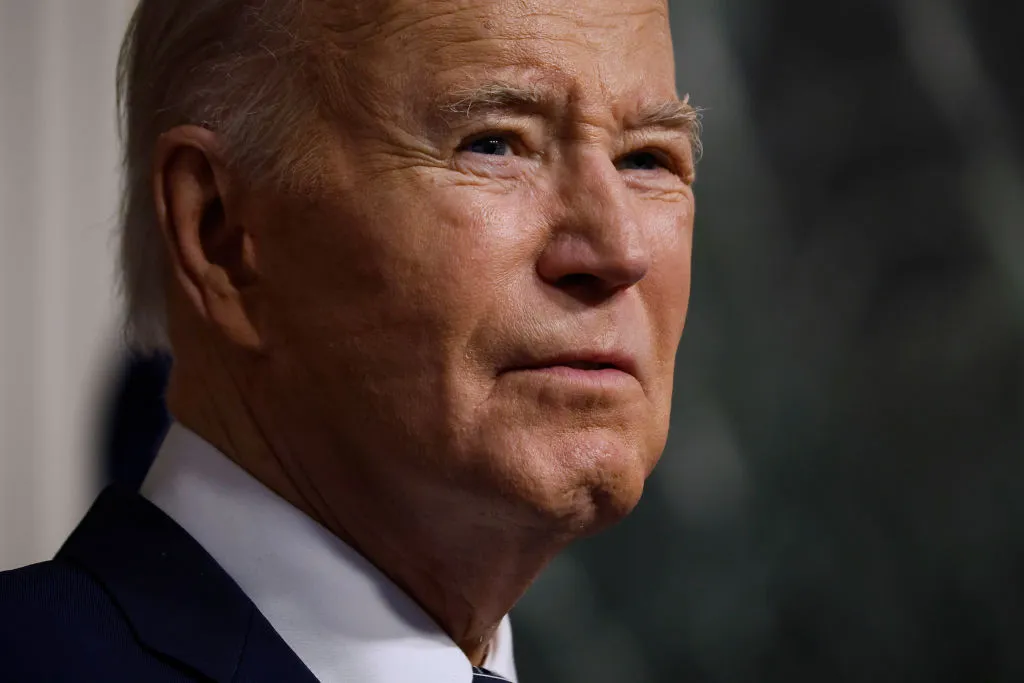

Leave a Reply